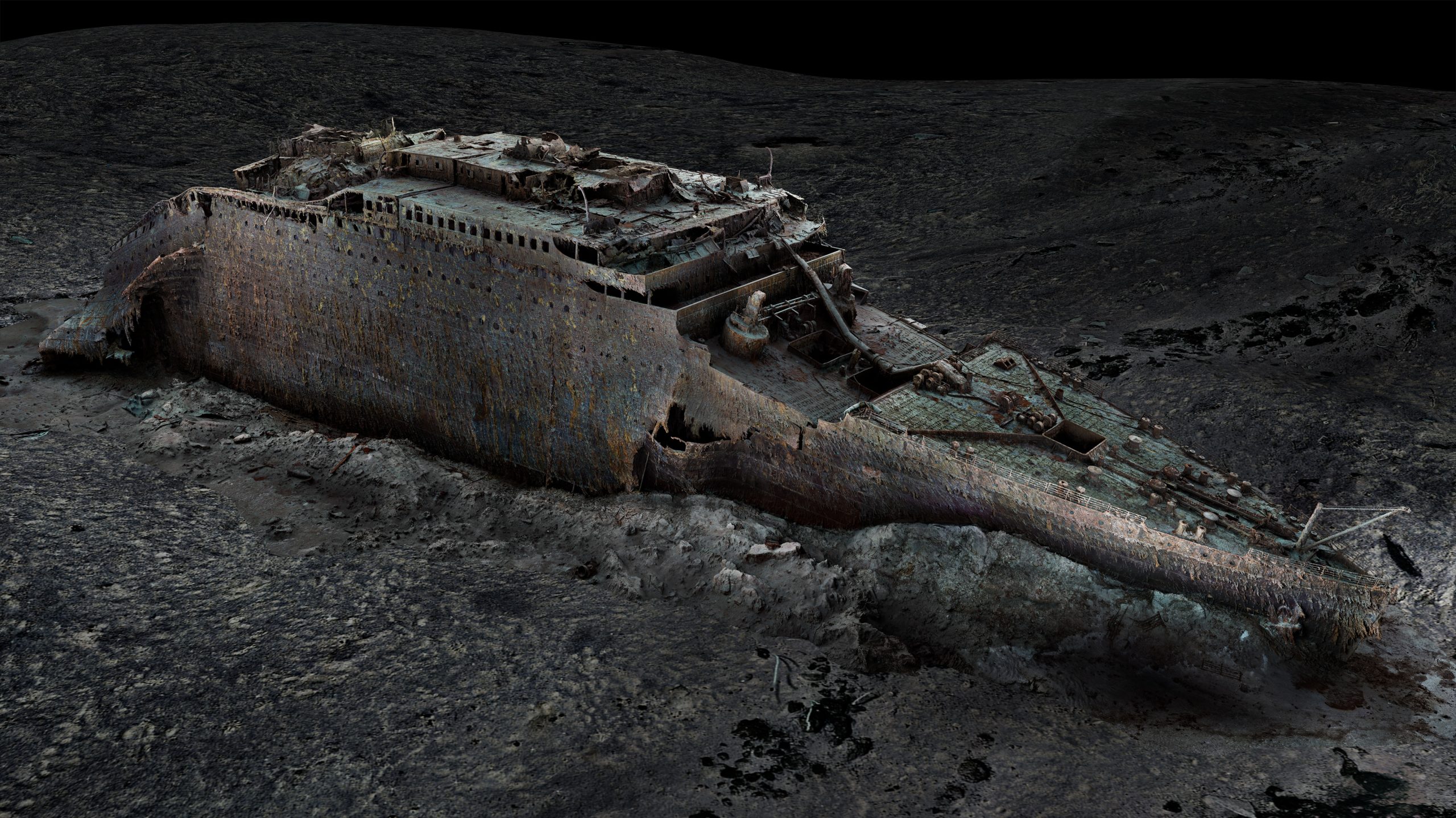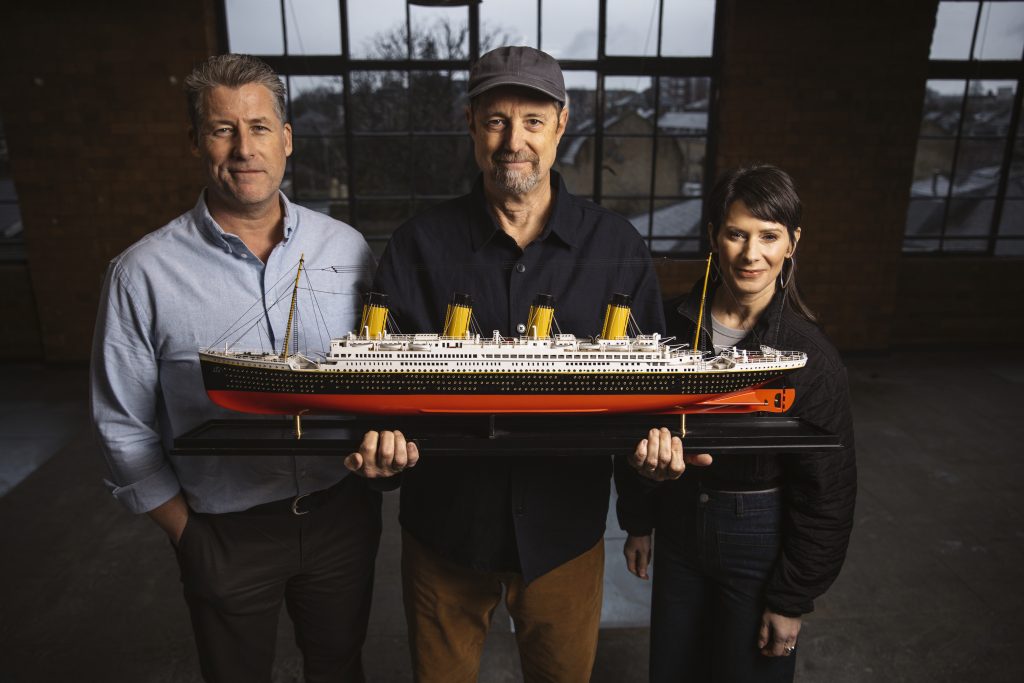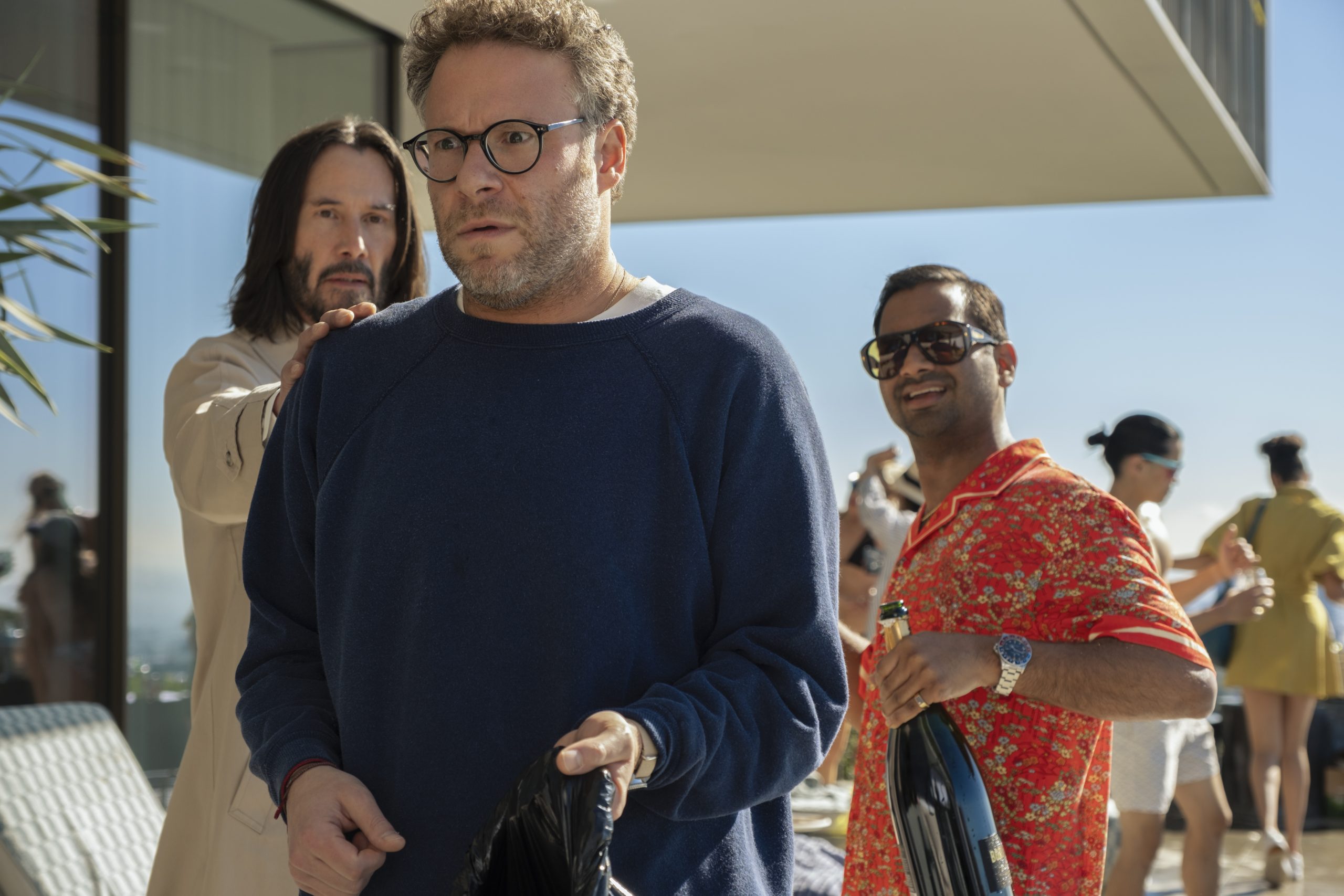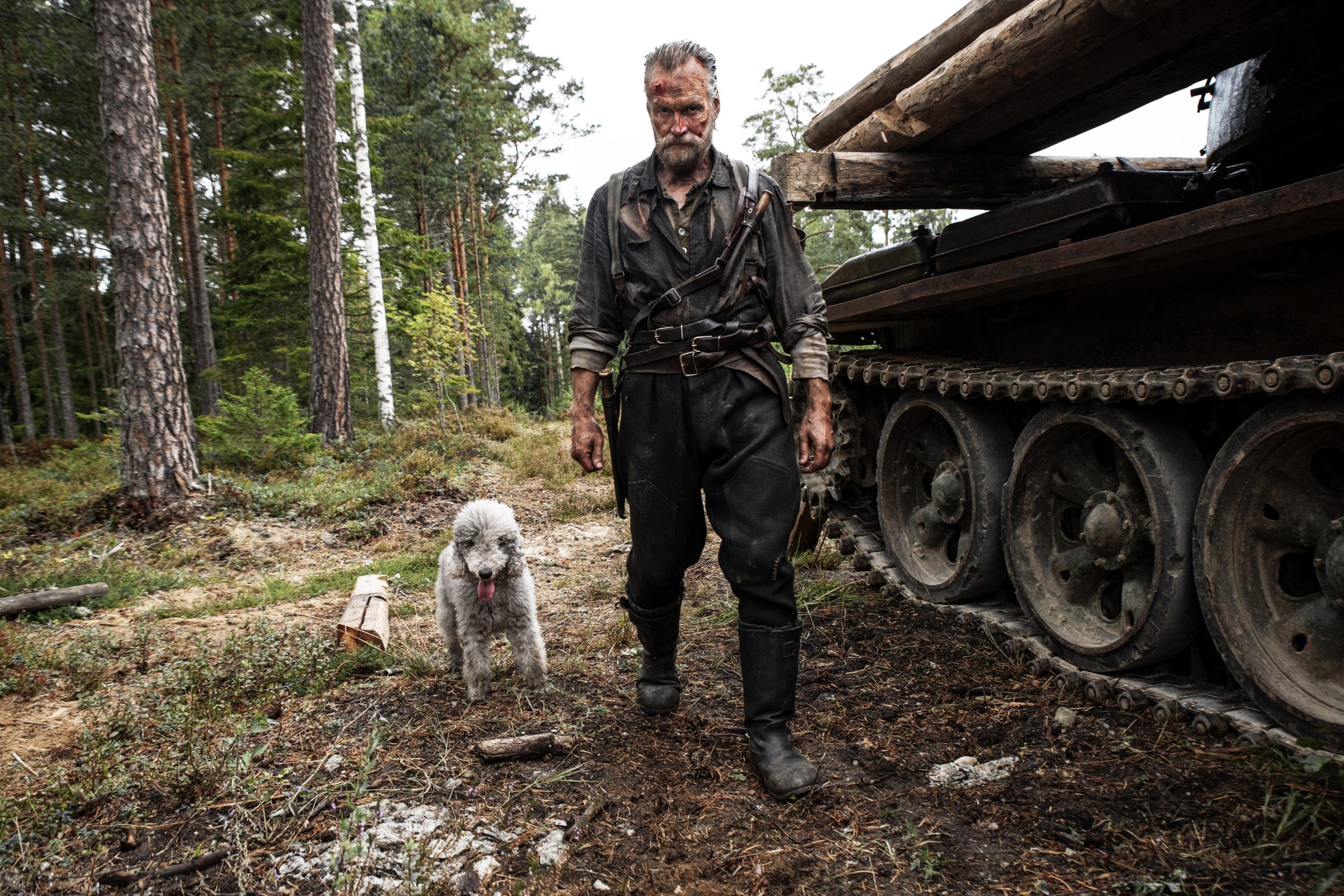
Titanic: The Digital Resurrection utilizes state-of-the-art technology as a way of preserving the 1912 wreck site for future generations. It’s a rather impressive 69 minutes–90 with commercials.
This documentary is not to be confused with 2015’s Drain the Titanic. Both documentaries just happen to deal with taking underwater photos of the RMS Titanic. The digital twin seen in Titanic: The Digital Resurrection comes by way of a 2022 expedition, one year before the tragic Titan implosion. If you’ve taken in as many Titanic documentaries as I have in recent years, it isn’t surprising to see them touch on similar things. That being said, photos of the digital twin were first made available in May 2023.
Titanic: The Digital Resurrection‘s premiere is timed to days before the 113th anniversary of the sinking. The fact that we’re still talking about the sinking and wreck over a century later speaks to the interest that there is in studying the Titanic. In previous years, scientists and analysts were lucky to see more than a few feet at a time. It usually took more than a single trip down to the bottom of the ocean. But now, technology has finally reached the point where they have created a digital twin. The end result is a full-scale, 1:1 digital twin. It’s rather impressive in how they are able to capture everything, including the massive 15-square mile debris field.
Anthony Geffen and Atlantic Productions had followed Magellan while they mapped the North Atlantic wreck in 2022. To say that this is the largest underwater 3D scanning project of its kind is not an understatement. They collected over 16 terabytes of data– 715,000 digitally captured images–during a three-week period through remote-operated robots Romeo and Juliet. The footage is presented in stunning 4K, showing audiences the Titanic as we’ve never seen it before. Flash forward to 2024, historians, engineers, and forensic experts gathered together to discuss simulations and perhaps anything new to discover from the wreck by way of its digital twin.

The bulk of Titanic: The Digital Resurrection sees Titanic analyst Parks Stephenson, metallurgist Jennifer Hooper, and master mariner Captain Chris Hearn viewing the twin and reconstructing what may have happened as the Titanic hit the iceberg and sank. Elsewhere, Oxford Professor Yasmin Khan brings her insight as a historian. Finally, Prof. Jeom Kee Paik, Dr. Simon Benson, and Dr. Stephen Payne study simulations of how Titanic hit the iceberg and what could have happened if they didn’t try turning as they approached the iceberg. Remember, the Titanic could have stayed afloat with four compartments flooded but not five.
What’s most impressive is how even when we think James Cameron delivered the final word a few times, there’s still more to learn in Titanic: The Digital Resurrection! Because so much of where the iceberg hit is buried in the mud, only the simulations, blueprints, and witness testimonies can tell us what happened in those locations. Stephenson, Hooper and Hearn are able to see the digital twin on full-scale colossal LED volume stage. The veteran Stephenson even notices a lifeboat davit in an upright position, which seems to provide redemption for First Office William McMaster Murdoch. Perhaps Second Officer Charles Lightoller was right in what he saw.
Titanic: The Digital Resurrection allows for an in-depth look at the boiler room and how engineers worked to keep the lights on. The discovery of an open steam valve is the biggest new development. As for the first-class cabins, it’s unlikely that anyone–including J.J. Astor or Benjamin Guggenheim–had a peaceful death as was seen in Titanic. The digital twin allows simulations to rebuild the ship and see where the pieces of the broken hull fit into what’s left of the bow and stern. It isn’t just that it broke into two, but we have a better idea of just how violent it was torn apart during the sinking.
The 2022 scans allow us to view the massive debris field in a way that we never have before. But beyond that, experts and historians can connect items to the original owners, based on claims being filed or what was known about them. The tragedy of it all is that rust is eating away at what remains of the ship’s iron. It’s in a worse shape now than when Robert Ballard first discovered the wreck in 1985. The wreck won’t last forever but the digital twin in Titanic: The Digital Resurrection ensures that some form of the wreck will be preserved for generations to come.
DIRECTOR: Fergus Colville
NARRATOR: Josh Goodman
FEATURING: Parks Stephenson, Dr. Jennifer Hooper, Captain Chris Hearn, Prof. Yasmin Khan, Prof. Jeom Kee Paik, Dr. Simon Benson, Dr. Stephen Payne
Titanic: The Digital Resurrection will air April 11, 2025 at 9 PM ET/8 PM CT on National Geographic and available to stream April 12 on Disney+ and Hulu. Grade: 4/5
Please subscribe to Solzy on Buttondown and visit Dugout Dirt.





